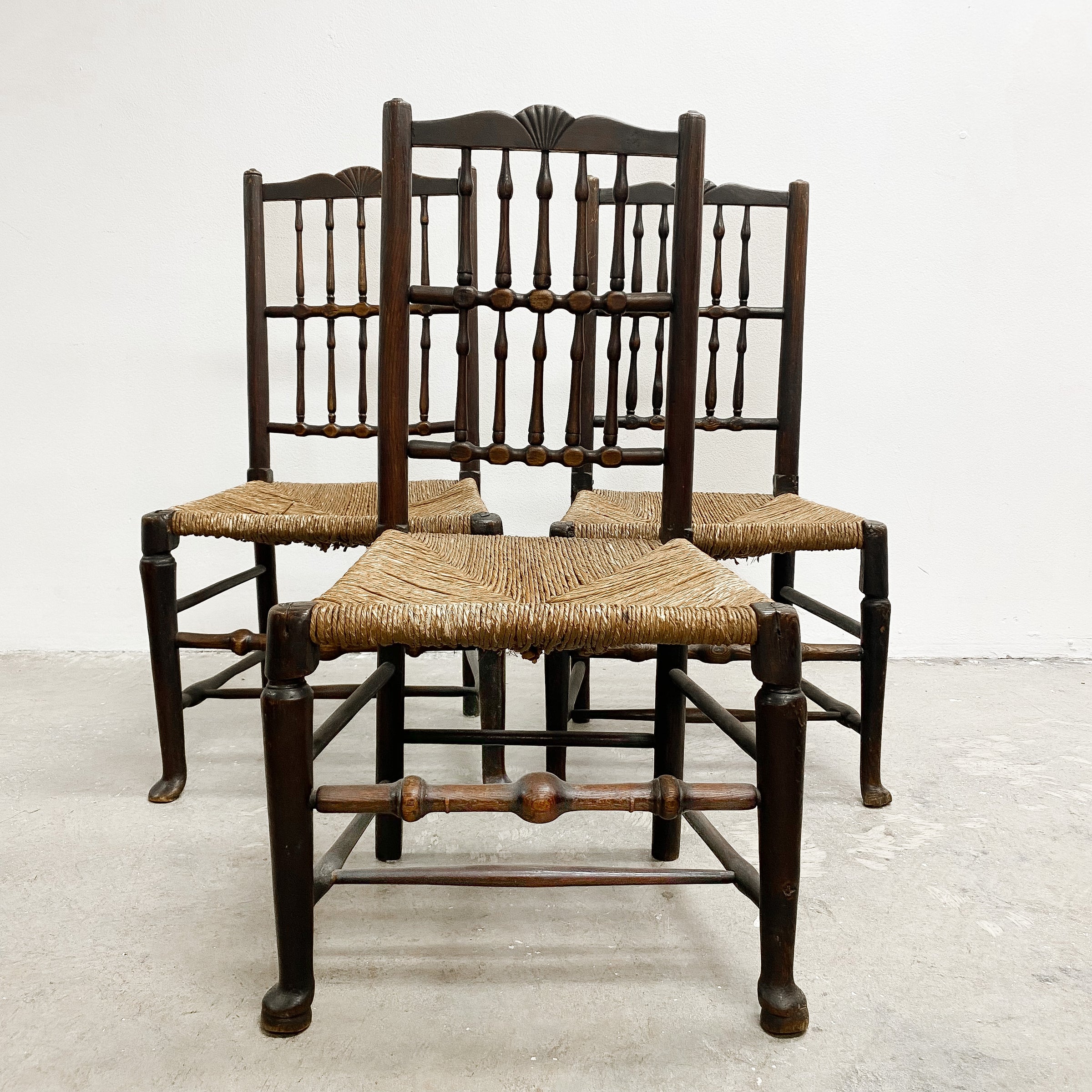Manufacturing & Sourcing of the Neptune Shel drake Dining Chair: Neptune Sheldrake Dining Chair

The creation of the Neptune Shel drake dining chair, like any handcrafted piece, is a journey of mindful transformation, from the raw material to the finished product. This process reflects not only skilled craftsmanship but also ethical considerations and a commitment to sustainability, which are crucial aspects of its inherent value. Understanding this journey allows us to appreciate the chair’s holistic nature, connecting us to the earth and the hands that shaped it.
The manufacturing process of the Neptune Shel drake dining chair begins with the careful sourcing of materials. This often involves selecting sustainably harvested wood, potentially from certified forests adhering to strict environmental standards. The wood is then meticulously milled and shaped, utilizing techniques that minimize waste and maximize the material’s inherent beauty. The joinery, a testament to traditional craftsmanship, is precise and durable, ensuring the chair’s longevity. Finally, the chair receives its finishing touches, which may involve natural oils or waxes, enhancing both its aesthetic appeal and its durability. This approach minimizes the environmental impact, prioritizing natural and renewable resources.
Material Sourcing and Sustainability
Sustainable sourcing is paramount in the production of the Neptune Shel drake chair. This involves choosing wood from responsibly managed forests, certified by organizations like the Forest Stewardship Council (FSC), which ensures that harvesting practices do not deplete resources or harm ecosystems. The choice of wood species itself can contribute to sustainability; selecting fast-growing, readily renewable species reduces pressure on slower-growing, more vulnerable varieties. Furthermore, the manufacturing process itself strives to minimize waste, often repurposing offcuts for smaller components or using them in other applications, thereby reducing the overall environmental footprint. The use of natural finishes, such as plant-based oils and waxes, further reduces the impact on the environment compared to synthetic alternatives.
Ethical Considerations in Manufacturing and Distribution
Ethical considerations extend beyond the environmental impact. Fair labor practices are essential. This involves ensuring that workers involved in every stage of production, from harvesting to finishing, receive fair wages, work in safe conditions, and are treated with respect and dignity. Transparency in the supply chain is crucial; knowing the origin of the materials and the conditions under which they were produced builds trust and accountability. Distribution also plays a role; minimizing transportation distances through efficient logistics reduces the carbon footprint and supports local economies.
Potential Improvements for Ethical Sourcing and Manufacturing, Neptune sheldrake dining chair
Continuous improvement is key. Further advancements could involve exploring the use of recycled materials, such as reclaimed wood, to reduce reliance on newly harvested timber. Investing in technologies that enhance efficiency and reduce waste during the manufacturing process would also contribute to sustainability. Strengthening partnerships with suppliers who are committed to ethical and sustainable practices ensures that the entire supply chain aligns with these values. Regular audits and third-party certifications can help maintain transparency and accountability throughout the process.
Hypothetical Infographic: The Journey of the Neptune Shel drake Chair
Imagine an infographic depicting the chair’s journey. It would begin with a depiction of a sustainably managed forest, showing the careful harvesting of timber. The next stage would illustrate the milling process, highlighting the precision and efficiency involved in transforming logs into usable components. The infographic would then showcase the skilled craftsmanship involved in assembling the chair, emphasizing the precise joinery and attention to detail. The final stage would depict the application of natural finishes, showcasing the chair’s elegant final form. The infographic would subtly incorporate elements representing fair labor practices and minimal waste throughout the process, visually representing the chair’s holistic and ethical production.
